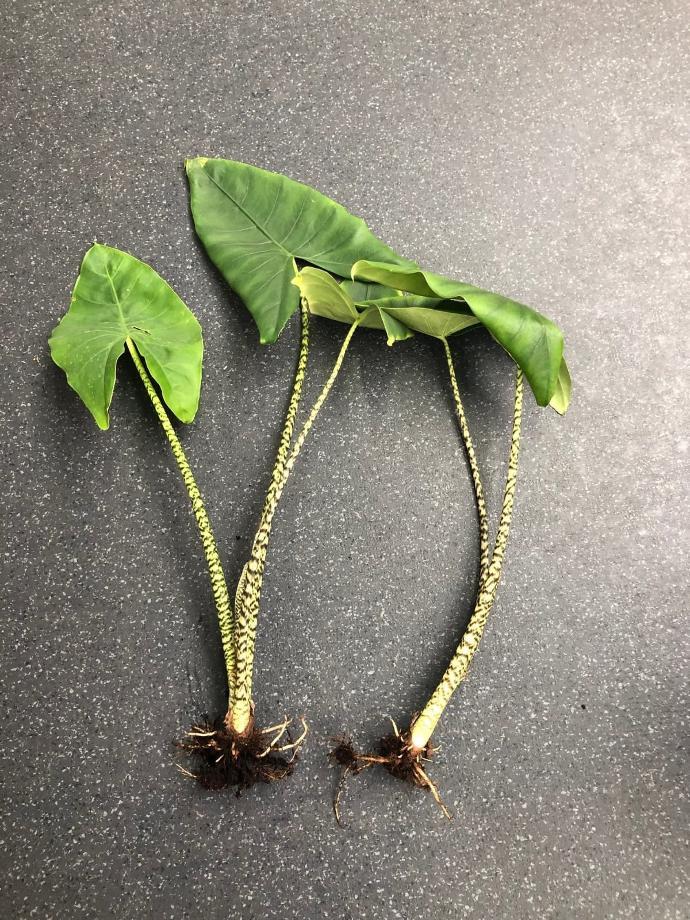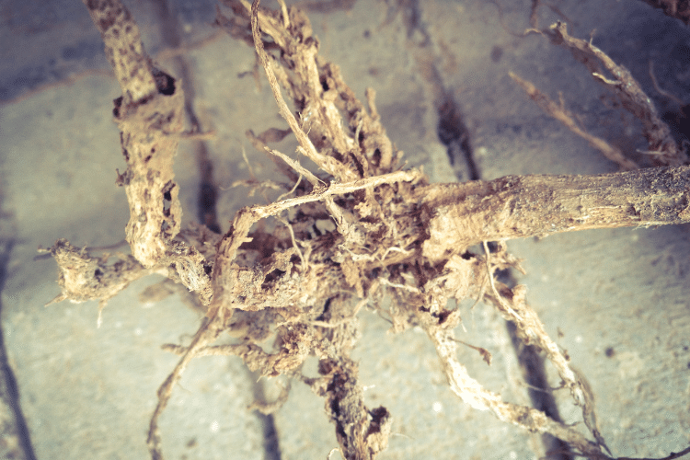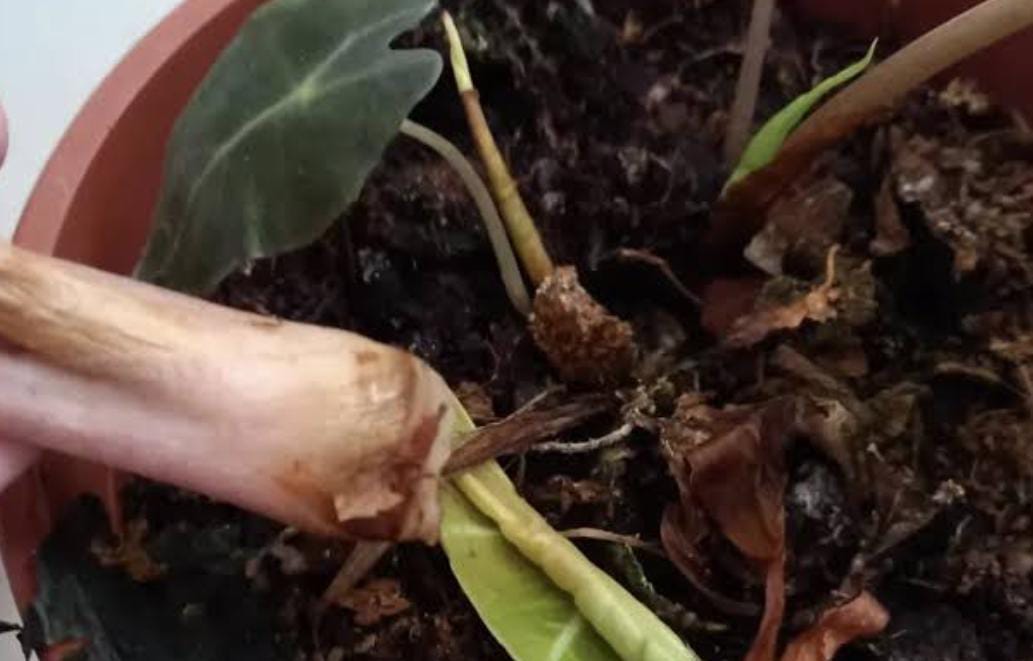Alocasia Plant
ALOCESIA, commonly known as Elephant Ear, is a tropical plant with large, heart-shaped leaves. Plant in well-draining, rich soil with partial shade. Keep the soil consistently moist and provide regular fertilization during the growing season for lush foliage.
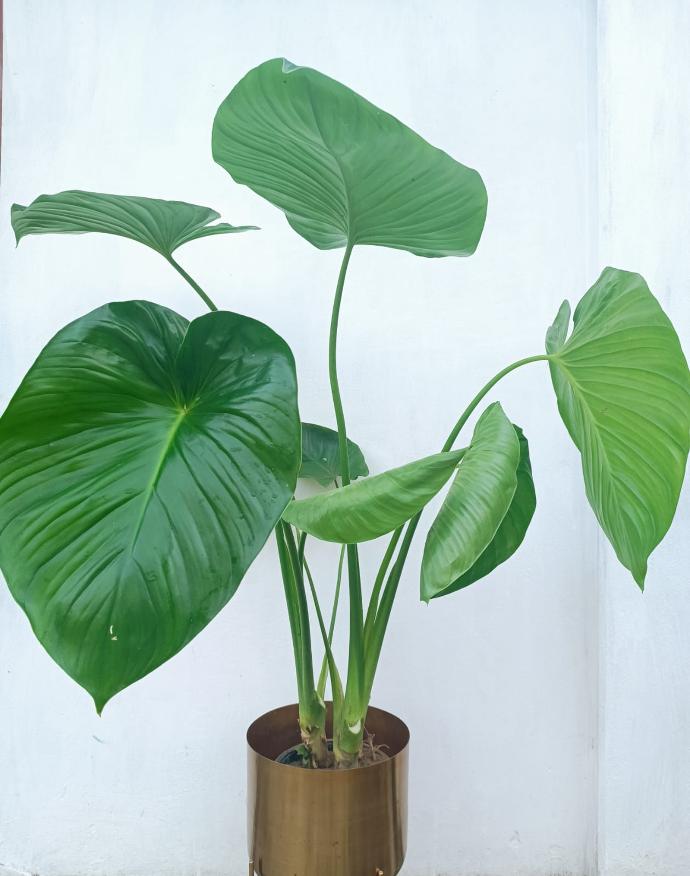
Habit
Perennial
Height
1-10 ft
Growth
Fast
Soil
Well Drained, Moist
Shade
Partial shade to Full Sun
Moisture
Moist to Wet
Edible
No
Medicinal
No
Origin
Southeast Asia
Climatic Condition
Tropical, Humid
Temperature (°)
20-30
Humidity (%)
60-80 %
Potting media
Peat+Perlite
Fertilizers
Balanced NPK(10:10:10)
Watering
Keep Moist, Not soggy
Plant Weight
300-500 g
Flowering Time
Rarely Flowers
Soil Ph level
5.5-6.5
Water Ph level
6.0-7.0
Soil EC
1-2 dS/m
Yield Per Plant
NPK ratio
20:20:20
life Span
1-2 yrs
Health Benefits
Suggested Grow Media or Potting Mix ?
40% peat, 30% perlite, 30% compost
Suggested Fertigation/Fertilizers
Fertilize every 2 weeks with a balanced, water-soluble fertilizer.
Common Diseases and Remedies
Root Rot.
Symptoms may include discoloured or spotted leaves, wilting, or unusual growth patterns.
Remove disease infected leaves , spot drenching on Trichoderma .
HEALTH BENEFITS
Alocasia, a genus of tropical plants, is primarily grown for its ornamental value due to its striking, large, glossy leaves. While it isn't commonly used for medicinal purposes in the same way some other plants are, there are a few potential health-related benefits and considerations:
- Air Purification: Like many other houseplants, Alocasia can help improve indoor air quality by absorbing toxins and releasing oxygen, which can promote a healthier environment.
- Stress Relief: Having indoor plants, including Alocasia, has been shown to reduce stress and improve overall mental well-being. The presence of greenery can create a calming atmosphere and enhance mood.
- Natural Humidity Control: Alocasia plants, due to their size and leaf structure, can help increase the humidity in the air, which may be beneficial in dry environments, helping to ease symptoms of dry skin, respiratory issues, or allergies.
Important to note: Alocasia plants are toxic if ingested, especially by pets and small children. The sap and parts of the plant contain calcium oxalate crystals, which can cause irritation or swelling if consumed.
Overall, while the plant's direct health benefits are limited, having Alocasia in your home can contribute to a healthier and more aesthetically pleasing environment.
What Is An Alocasia Plant ?
Large, heart- or arrow-shaped leaves grow to 20 to 90 cm (8 to 35 in) long on long petioles. Its flowers appear but are not visible at the ends of short stems. It is usually hidden behind the leaf stems. Bulbs of some species can be processed into food, but raw plants contain calcium oxalate needles or crystals and other irritants (possibly including proteases) that can cause numbness and swelling of the tongue and pharynx. This causes difficulty breathing and severe pain in the throat. The lower part of the plant contains the most toxins. It is boiled for a long time before consumption or to reduce the risk of side effects. Also, acidic fruits (like tamarind) can dissolve any crystals. However, it is important to remember that the poison of this breed is different and taking medication is still dangerous, even with caution.

What Are The Different Types Of Alocasia Plants?
1. Alocasia Rugosa.
Alocasia has a beautiful appearance with its dark black oval leaves with a distinctive spot at the tip of each leaf. The thick stems give the plant a chunky appearance. The leaves are dense and richly textured, adding interesting colors to delight your houseplants or garden. Because the leaves are dark green, they sometimes appear blue. Many people may think it is a fake plant because its leaves are thick and sometimes look like plastic or cardboard.
2. Black Magic
If you want to add a unique and eye-catching feature to your plant collection, Alocasia is an eye-catching choice. Better known as the Black Magic Plant, its leaves are dark purple, almost black, and have an intense shine. Its oval and pointed leaves have thick green veins. This plant loves hot weather, so keep it in a warm place. However, it is small compared to other Alocasia species, so don't expect it to grow more than two feet tall. The leaves are large and long, creating an attractive appearance with interesting colors and patterns. These varieties have slightly lower needs and can survive in low light conditions.
3. Black velvet.
The Black Velvet variety of Alocasia is a beautiful little plant. This plant is considered a mini alocasia; it only grows to a height of about one meter. This plant has a good name because its leaves look like velvet fabric, covered with tiny hairs that create a super soft texture. Not completely black but mostly dark green. The leaves are heart-shaped and have fleshy white veins that create a sharp colour contrast. Adding to its appeal, it has a silvery-green stem that gives the plant a unique colour. Like the other species on this list, this alocasia is very easy to propagate.
4. Brina
This plant grows tall and has spiny heart-shaped leaves at the top of each branch. But the stem is the most attractive part of the alocasia, because it is the soft beige and dark brown stripes that make it look different and beautiful.
5. Corazon
Corazon Alocasia, sometimes called blue metallic plant, is a variety of Alocasia known for its blue-green leaves. These plants usually only produce two or three leaves at a time, but they are large and stand out in a sea of green plants. In suitable areas this plant can grow up to fifteen metres, but in your garden you can expect it to grow up to three metres.
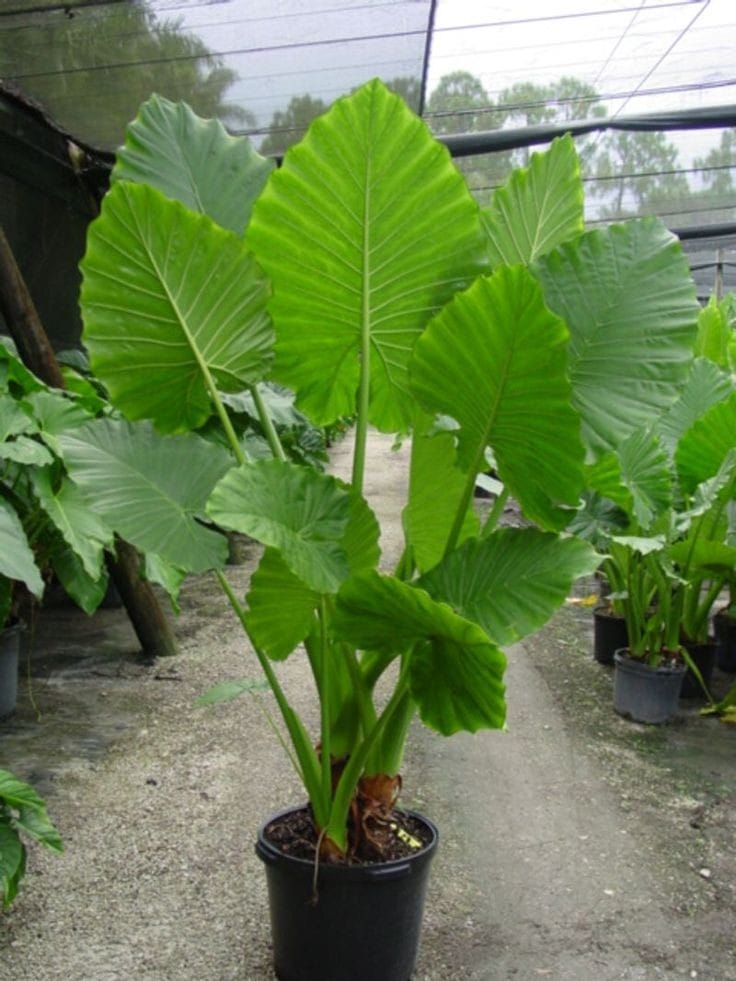
How to care for Alocasia Plant ?
1. Location
Alocasia plants like warm and humid places. Put them in a bright and dark place inside the house. Alocasia is ideal for rooms with north- or east-facing windows that receive bright sunlight. If you're growing them outdoors, consider choosing a location with partial shade or dappled sun. Make sure the soil drains well and maintains the same moisture, and do not allow plants to grow in waterlogged soil. Remember that alocasia plants are sensitive to heat and cold, so do not place them near drafts or in very cold areas. Providing warmth, humidity and light will increase the health and vitality of your alocasia.
2. Sunshine
Alocasia plants generally prefer bright, dim light. They grow in filtered sunlight or partial shade. Direct sunlight can burn their leaves, so it's best to protect them from strong sunlight. Consider placing your alocasia in a location that receives bright sunlight or in a room with indirect light. Indoor Alocasia can be placed near a north or east window to receive good light even without sunlight. Adjust the settings to suit the lighting in your home.
3. Soil
Alocasia plants grow best in well-drained soil that provides adequate moisture while preventing waterlogging. The best soil mix for alocasia should be loose and airy to encourage root development and prevent root rot. Use a potting mix containing perlite or vermiculite along with organic matter such as peat moss or coconut fiber to improve drainage. Alocasia prefers slightly acidic to neutral pH (between 5.5 and 7.0). These insects find good food in the roots of trees.
4. Hydration
Alocasia plants like even moisture but do not like standing in water. Allow two inches of soil to dry before watering to prevent root rot. Water your alocasia plant until water comes out of the bottom of the pot. During the summer months, your alocasia will need more water.

5. Nourishment
Alocasia plants, also known as elephant ear plants, generally benefit from balanced fertilization. You can use a water-soluble fertilizer with a balanced NPK (nitrogen, phosphorus, potassium) ratio. Use a fertilizer with an NPK ratio of 10-10-10 or 20-20-20. You can feed Alocasia every 2-4 weeks during the growing season (spring and summer). Reduce or stop fertilizing during the dormant period in autumn and winter.
6. Issues
Yellowing of leaves - This usually starts on the lower leaves and gradually spreads to the leaves. This almost always indicates that there is too much water in the stems of the plant. Blisters on Leaves – Overwatered alocasia will begin to blister if there is too much water in its cells represents prosperity and growth, culture and spiritual direction. Improves air quality and beauty, leaves have a purifying effect. promotes relaxation and mindfulness, helps relieve stress and maintains a sense of presence.
What are the Benefits of Alocasia Plant ?
Symbolizes prosperity and growth, enriching cultural and spiritual practices. Enhances air quality and decor, with striking foliage that purifies. Promotes relaxation and mindfulness, aiding stress relief and presence.

FAQs About Growing Alocasia Plant
1. How to maintain Alocasia plant ?
Avoid excessive watering as alocasia is prone to root rot. Your alocasia likes a moist spot, so spray it with water frequently. Use a mister to cover the leaves regularly, keeping the soil moist, or use a pebble tray to keep the soil moist. Alocasia prefers temperatures between 65° F and 85° F.
2. what are the uses of Alocasia plant ?
They are very popular flowers and are widely used in traditional medicine to treat various diseases such as jaundice, snake bites, boils and diabetes.
3. Can I grow Alocasia plant indoor ?
Yes, Alocasia can be grown indoors.
4. which Pot is best for Alocasia plant ?
Clay pots allow air to enter the roots and soil.
5. How to propagate Alocasia plant ?
Alocasia plants can be propagated by division. Here is a simple recipe: Select mature Alocasia plants with multiple stems or bulbs. Water plants a day or two before exposure to make soil softer. Gently remove the plant from the pot and expose the roots. Cut off too many or damaged roots, which will make the roots look bad. Plant split seeds or transplant bulbs into new pots filled with fresh, well-drained potting mix. Make sure the bulbs are planted at the same depth as in their original pots. Water the new onions and place them in a bright place. Keep the soil moist at all times but not waterlogging . Propagation by division is a reliable method for Alocasia plants and allows you to grow new plants from mature parents.
